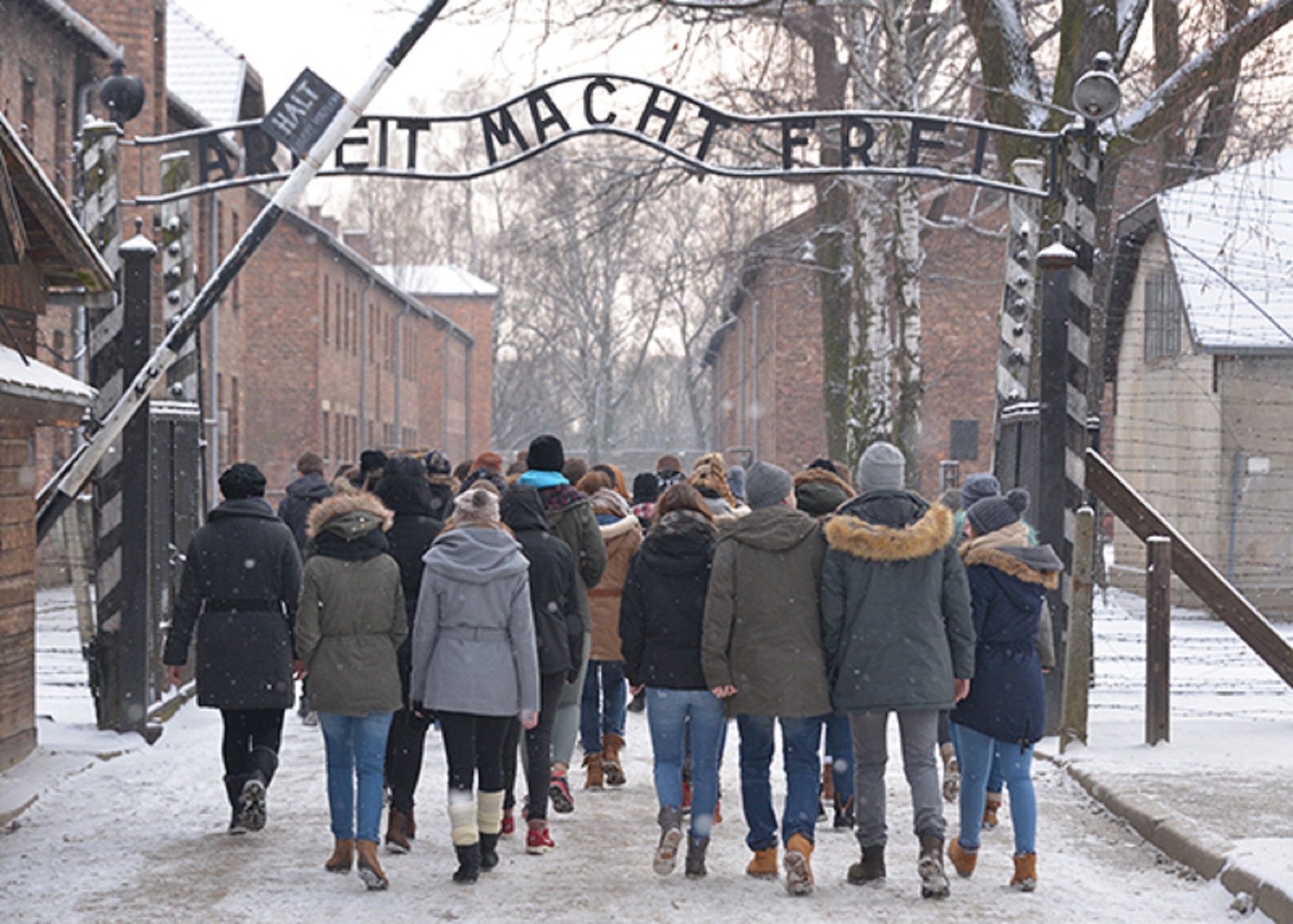
When you think of travel, images of sun-soaked beaches, charming cafes, and historic landmarks likely come to mind. But there’s another side of tourism that draws millions each year — one that’s not about relaxation, but reflection. It’s called dark tourism, and it involves visiting sites associated with death, tragedy, and suffering.
From Auschwitz in Poland to Chernobyl in Ukraine, Ground Zero in New York to Hiroshima in Japan — these places continue to attract travelers who are not just curious, but deeply moved. So what compels people to visit locations that are linked to the darkest parts of human history?
🕯️ What is Dark Tourism?
Dark tourism, sometimes referred to as “thanatourism,” is the act of traveling to places historically associated with death and tragedy. These can include:
- War memorials and battlefields
- Concentration camps
- Sites of natural or nuclear disasters
- Prisons, execution chambers, and crime scenes
- Slave trade ports and genocide museums
It’s not a new concept — people have visited battlefields and ruins for centuries. But in recent decades, dark tourism has grown significantly, fueled by documentaries, media, and a growing global interest in understanding the past more deeply.
🧠 The Psychology Behind Dark Tourism
Why would anyone want to visit a place so emotionally heavy? The answer is complex and deeply human.
1. Understanding History Firsthand
Reading about tragedy is one thing. Standing in the place where it happened is something else entirely. These visits provide context, gravity, and a sense of reality that books or screens cannot offer.
2. Empathy and Remembrance
Many people visit these sites out of respect — to honor victims, reflect on suffering, and ensure that these events are not forgotten. It’s a form of modern pilgrimage.
3. Facing the Uncomfortable
Some travelers are drawn to dark tourism to confront the uncomfortable truths of humanity. These visits force people to think critically about war, injustice, power, and morality.
4. Curiosity and Adrenaline
For others, there is an undeniable fascination with the macabre. While this can raise ethical concerns, it’s part of our natural curiosity about death, fear, and survival.
🌍 Popular Dark Tourism Destinations
Here are some globally recognized sites that have become central to the dark tourism movement:
- Auschwitz-Birkenau, Poland – A haunting symbol of the Holocaust.
- Chernobyl, Ukraine – The site of the 1986 nuclear disaster, now open for guided tours.
- Killing Fields, Cambodia – A chilling memorial to the victims of the Khmer Rouge regime.
- Hiroshima Peace Memorial, Japan – A moving tribute to the victims of the atomic bomb.
- 9/11 Memorial, USA – A somber reminder of the terror attacks in New York City.
These sites are not just tourist spots — they are powerful reminders of what humanity is capable of, for better or worse.
⚖️ The Ethics of Dark Tourism
Dark tourism walks a fine line between education and exploitation. The intention behind the visit — and how the site is presented — matters immensely.
Questions to consider:
- Are visitors coming to learn or to “collect” disturbing experiences?
- Is the site being preserved with dignity, or turned into entertainment?
- Are local communities involved in how the narrative is told?
Responsible dark tourism requires empathy, context, and respect. It’s not about taking selfies — it’s about listening, learning, and remembering.
✈️ Why It Matters
In a world where history is often sanitized or forgotten, dark tourism reminds us of the cost of ignorance. Visiting these places keeps the memory of victims alive and encourages dialogue about difficult topics like war, racism, dictatorship, and disaster response.
In many cases, it can also help communities heal and rebuild through sustainable tourism.
🧳 Final Thoughts: Traveling with a Purpose
Not all trips are about escape. Some are about confrontation — with history, with emotion, and with our shared humanity.
Dark tourism isn’t for everyone. But for those who choose to engage with it thoughtfully, it can be one of the most meaningful and transformative travel experiences of all.
So the next time you plan a journey, consider not just the beauty of a place, but the truth it holds.



